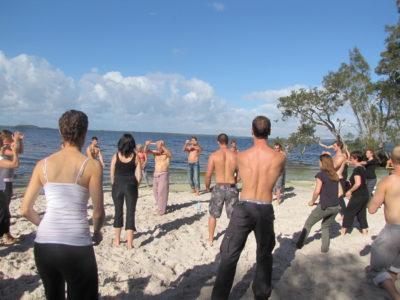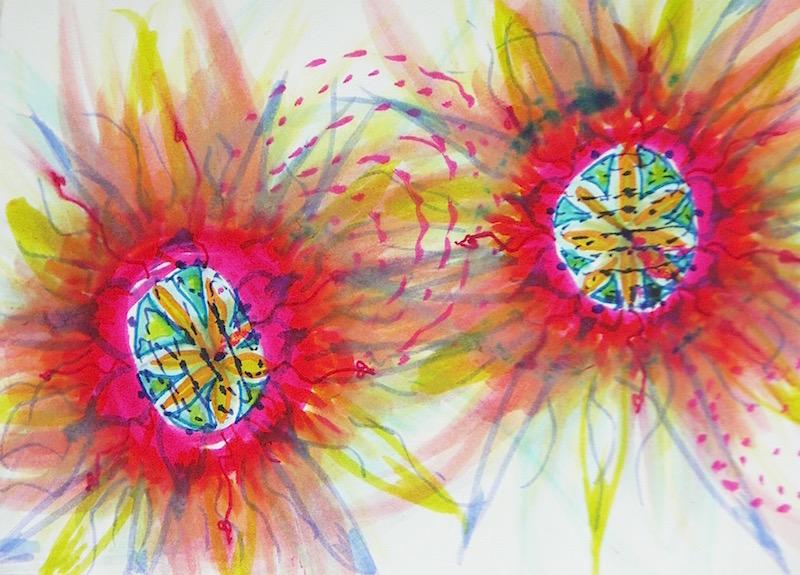Tai Chi For Body-Mind Balance
by Paul Chek

 Previously, I’ve discussed how tai chi works as one of the gentle ways your body supports working in movements that facilitate the accumulation of energy.
Previously, I’ve discussed how tai chi works as one of the gentle ways your body supports working in movements that facilitate the accumulation of energy.
Traditional tai chi involves a lot of mental work and memorizing a lot of forms, postures and sequences, which is why I tend to shy away from the technical forms of tai chi.
I found out a long time ago that most of my patients are so trapped in their own heads, anything that puts them into a state of memorization takes them out of the experience of their body and back into their intellect, the source of a lot of disease.
I’ve worked for many years to simplify tai chi to the essence of what it’s all about. I was looking for resources recently on the effect of tai chi in balancing the hormonal system and addressing disease issues, and found a great book: The Harvard Medical School Guide to Tai Chi by Peter Wayne, PhD and Mark Fuerst.
This book features a fine compilation of research that discovered a very direct parallel with my own experiences in teaching tai chi. It takes tai chi down to the real nuts and bolts with very simple progressions.
The authors describe eight key factors of integration that tai chi is really all about that I’ve borrowed (and slightly modified) for this vlog.
- Awareness and focused attention
- Intention, belief and love
- Embodied spiritual philosophy
- Social integration
- Mind-body relaxation
- Exercise, flexibility, balance, strength and aerobic capacity
- Structural integrity
- Breath
In my vlog, I go deeper into these factors that I hope will inspire you to learn tai chi or develop your own working in practice.
As you go through these eight key factors that work as integrated functions, you’ll understand why tai chi isn’t just a personal practice… It’s a way of living.
Love and chi,
Paul


